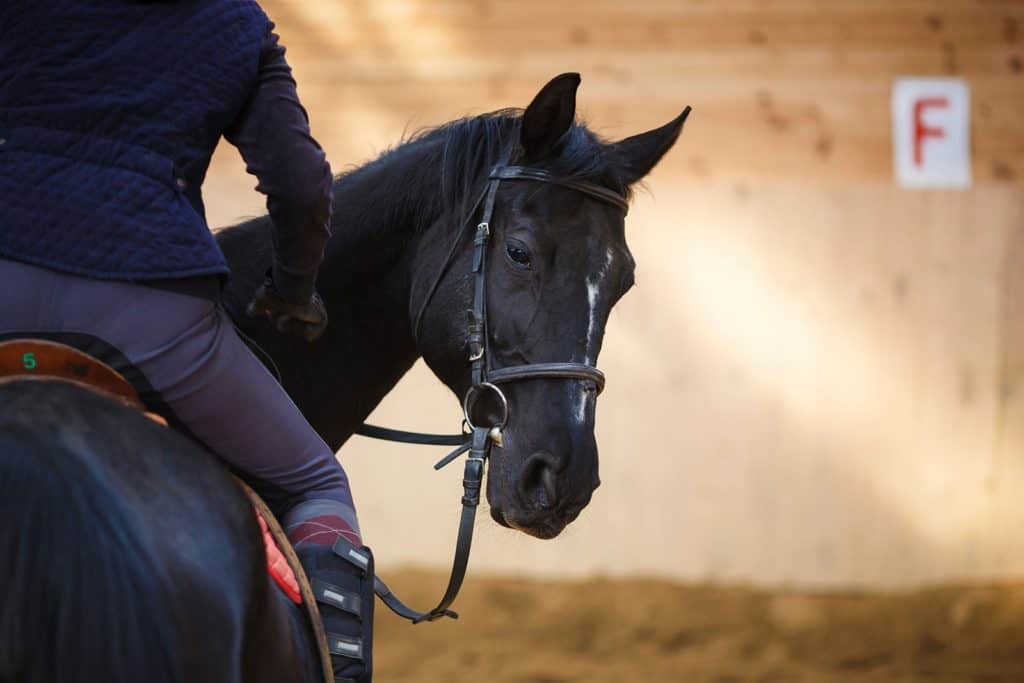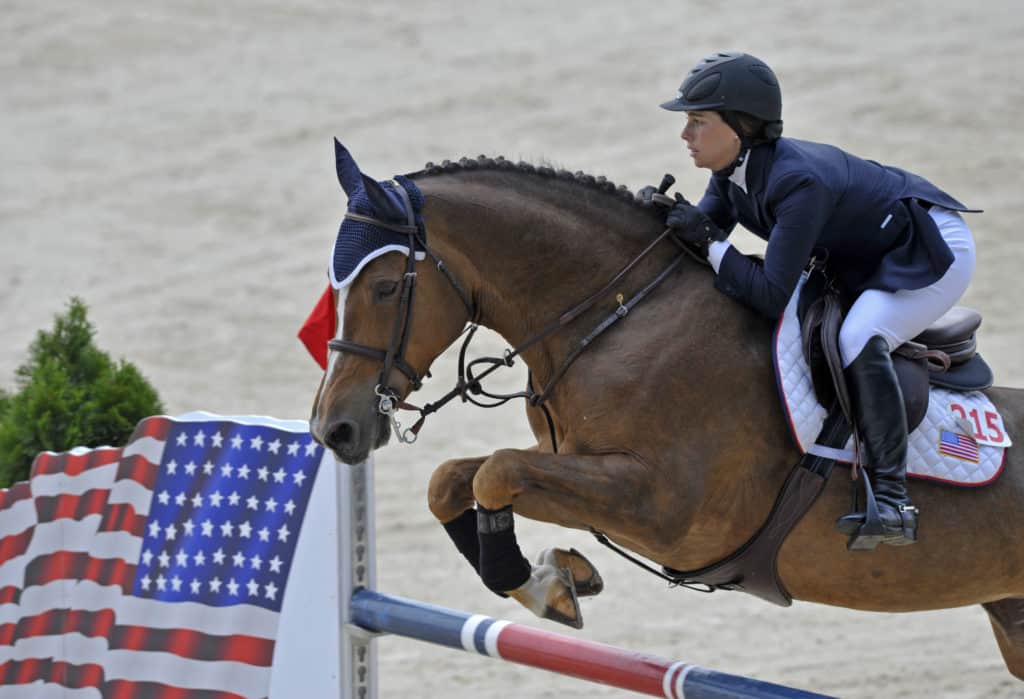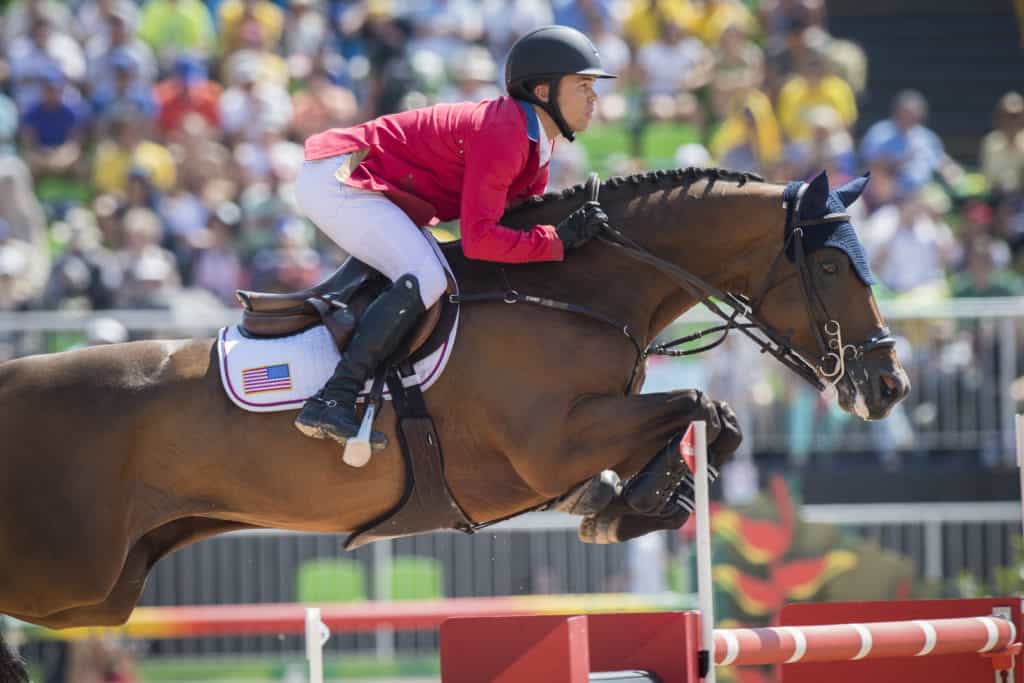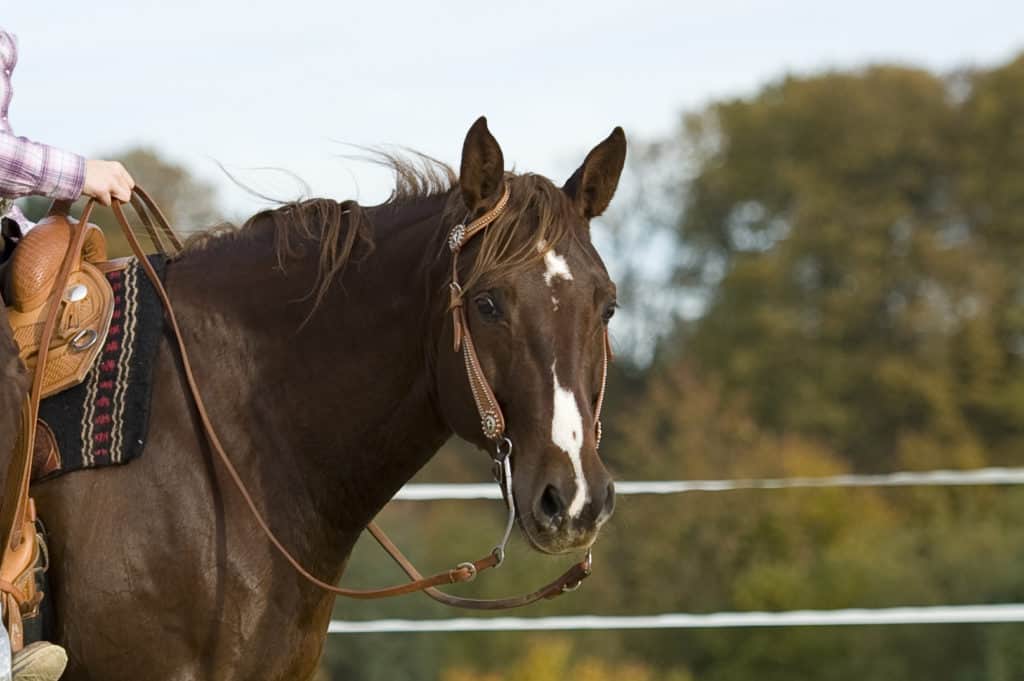
Scientists Study How Horses Perceive Human Emotions
Researchers demonstrated for the first time that horses use humans’ facial expressions and vocal tones to perceive emotion.

Researchers demonstrated for the first time that horses use humans’ facial expressions and vocal tones to perceive emotion.

Most equestrians would be horrified to know they’re hurting their horses. But with the equipment we use—from spurs to nosebands—we might be unintentionally causing them harm.

New study results indicate the pressure horses appear to accept from most bitless bridles is comparable to that they accept from snaffle bridles.

Scientists are continuing to uncover which genes are responsible for certain traits in horses.

Our equine behavior expert offers advice for applying learning theory and treat-training horses under saddle.

More experienced riders held their eyes on a specific point more frequently than less experienced riders, who shifted their vision frequently to look at more things, researchers found.

A new wearable device allows scientists to take electroencephalogram (EEG) measurements from active, moving horses’ brains in real time, which could help us better understand how horses think and react, researchers said.

Przewalski’s horses and domestic horses probably experience the same emotions but likely developed different priorities and, hence, ways of communicating them.

Horses have varying degrees of “distractibility,” and this can significantly affect their attention capacities and, hence, their efficiency in learning, researchers confirmed.

Find out how some simple diet changes might help calm your hyperactive horse.

Horseback riding requires healthy backs–not just for horses but also humans. In fact, human back health can have direct implications on equine back health, as well as the horse’s welfare and performance.

Horse owners might want to have their mares’ ovaries surgically removed for a variety of reasons, including to prevent pregnancy, get rid of tumors, or, most commonly, resolve behavioral issues.

Salivary cortisol (“stress hormone”) concentrations weren’t associated with scores in dressage and show jumping horses during three national events in Denmark, researchers found.

U.S. Olympic show jumper Kent Farrington discusses horsemanship, training, recognizing each horse’s individuality, his “ponies,” and more.

Recent study results suggest that horses’ nods allow them to use energy more efficiently to carry their heavy heads.

Researchers determined that, in one study, Western curb bits caused less rein tension than did English snaffles.
Stay on top of the most recent Horse Health news with
"*" indicates required fields